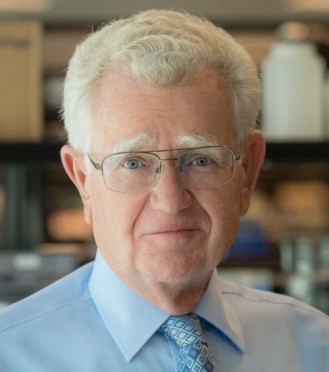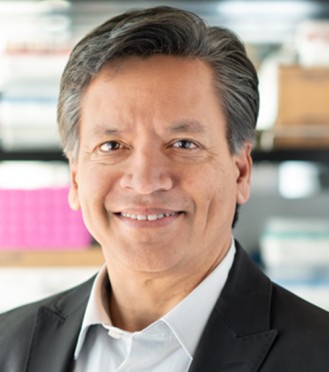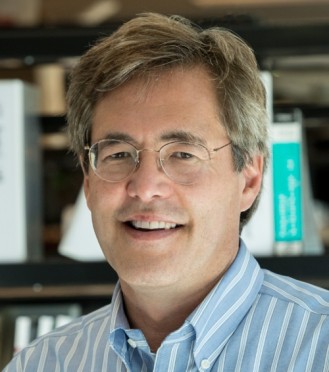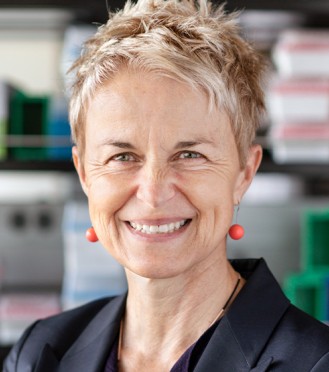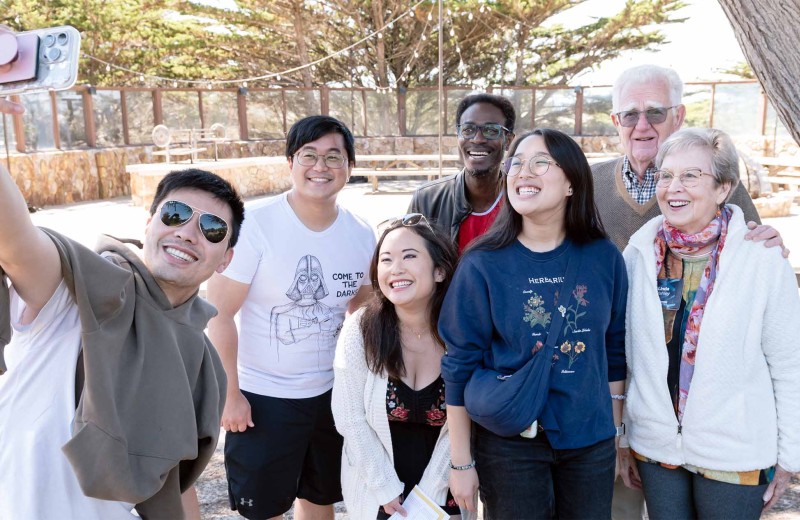Gladstone NOW: The Campaign Join Us on the Journey✕
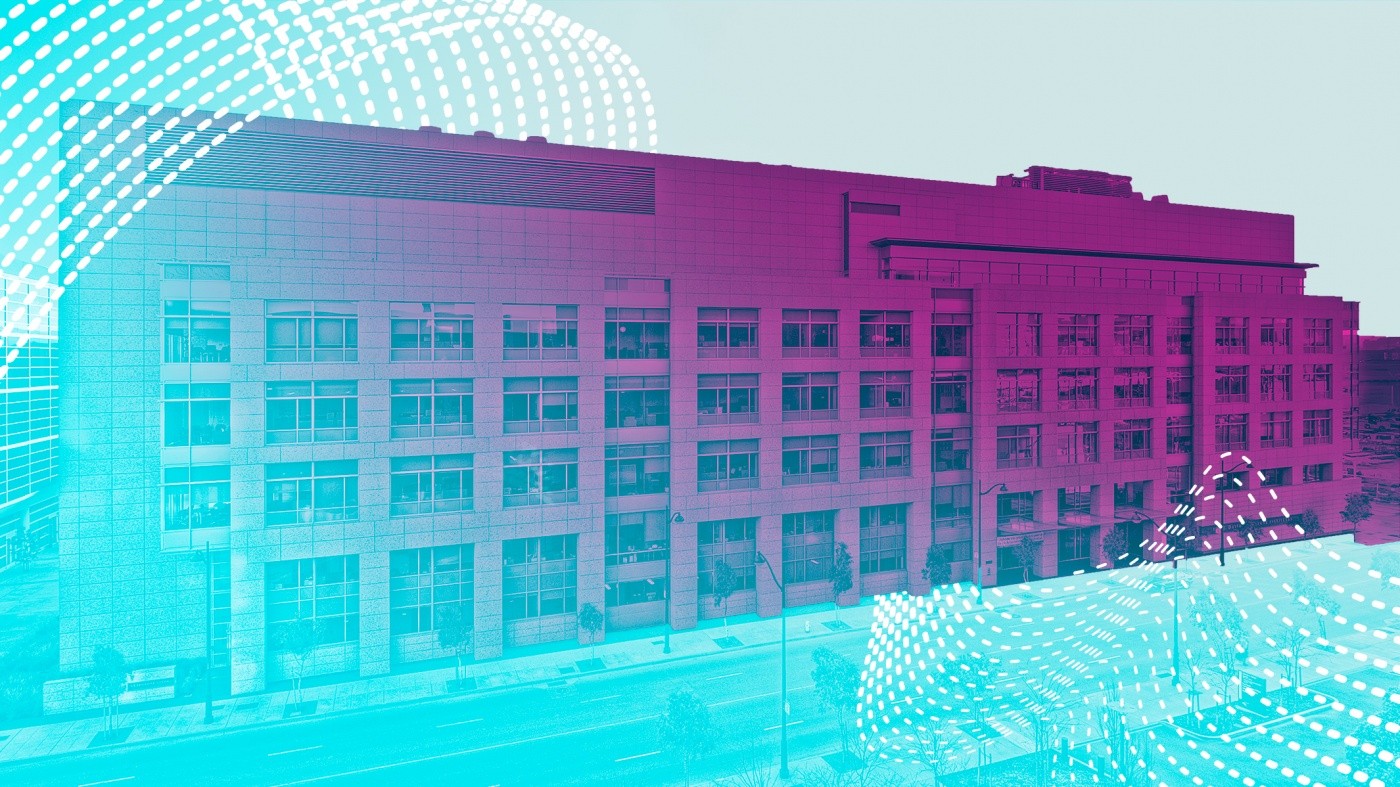
When Gladstone moved to Mission Bay, it was full of warehouses. Now, Mission Bay is a thriving neighborhood.
Bruce Conklin was a rising superstar in 1995, a young physician-scientist, exactly the kind of investigator that Gladstone Institutes was looking for. He’d completed his residency at Johns Hopkins and had just finished his postdoctoral fellowship at UC San Francisco (UCSF) when he joined Gladstone and settled in to establish his first lab, located at San Francisco General Hospital at the time. He felt lucky—great colleagues, wonderful location, and unlimited potential for the future.
“It wasn’t just good facilities at San Francisco General Hospital; these were fantastic facilities,” says Conklin, MD, now a senior investigator at Gladstone. “We had the only gene knockout core facility on the entire West Coast. No one had anything else like it and people were jealous. We had a small community of people in this really terrific facility and resources.”
Of course when Gladstone was launched in 1979, founding president Robert Mahley, MD, PhD, and his team inherited empty space and had to oversee the renovation. The labs were crafted from patient rooms, often divided among two or three separate rooms, making it difficult for members of the same research team to see each other and interact.
There was one other, major problem, which became more evident with each passing year.
“We were quickly running out of space,” Conklin says.
The Mission Bay project was an idea borne of necessity, requiring the kind of bold risk that Gladstone’s leadership has traditionally taken, as if it were just another walk in the park.
Gladstone was growing and there was no more room to expand. By the end of 1998, what began as a single institute—cardiovascular disease—had grown to include two more research enterprises: the Gladstone Institute of Virology and Immunology was launched in 1991, and in 1998, Gladstone added the Institute of Neurological Disease. And they were scattered.
“We were located in three different buildings on the hospital campus, and our administration was several blocks away from the laboratories,” says Mahley. “This made it difficult as we continued to grow—difficult to maintain continuity among the institutes and to preserve a consistent culture.”
Since its founding, Gladstone had been served well by its location at San Francisco General Hospital in the Mission District. “It was a good environment for us at the time we started,” Mahley says. But as the institutes approached their 20th anniversary in 1999, he adds, “it was clear we had to do something different. We either had to renovate, remodel, maybe even build some new facilities.”
The buildings they occupied at the time were 80 to 90 years old. Something had to be done, and soon. Mahley and the three Gladstone trustees (Richard Brawerman, Richard Jones, and Al Dorman) agreed on this point. But what? And where? They were out of space in the built environment at San Francisco General, and there were really very few options at that location.
“The timing was exactly right, because at that time, UCSF also was running out of room at their main campus at Parnassus.” says Mahley. “They needed more space to grow, and they looked for opportunities in the South Bay and in the East Bay.”
But then there was Mission Bay. In 1998, the city of San Francisco had adopted a plan to develop the site, and that’s where UCSF leadership decided to build its campus. At the time, it was a place that Mahley describes as a wasteland. The old railyard was filled with deteriorating warehouses, empty, undeveloped lots, and a half-empty port maintenance facility. He wasn’t a real estate developer by any stretch, but still, when he considered the Mission Bay site, Mahley saw something clearly.
He saw the future. He saw the opportunity.
Mahley was invited to serve on UCSF’s implementation committee, and at one of the group’s early meetings, said that he not only supported UCSF’s plans to develop in Mission Bay, but also believed that Gladstone should join the university at Mission Bay and build the second research facility at the location. Then he worked out the details with the Gladstone trustees.
“This move represented a tremendous risk for the trustees,” Mahley says. “Their vision had always been to put resources into research and the people who were doing the research. They had never invested money in bricks and mortar.”
In fact, says former Gladstone Trustee Dick Jones, “we put the entire trust at risk.”
“The risk of making an investment and the cost of this building, which was half of its trust, was extraordinary,” says Bob Obana, Gladstone’s chief operating officer, calling the decision to join UCSF in Mission Bay a bold move. “But it was a reasonable risk to take.”
“It became obvious that that this was a good opportunity for us,” adds Mahley. “We could bring all three institutes under one roof. It would make the continuity and the interactions so much easier and so much better. So, in the year 2000, the trustees approved the plan that we would be part of Mission Bay. It was one of the most important decisions they made to ensure the future of Gladstone.”
One Vision, One Roof
The last thing Mahley or the trustees wanted was a system of silos at Gladstone. There were already three research institutes living apart and developing in their own spaces, like cells without an extracellular matrix.
“These groups had different histories, different styles, and being physically separate, it was hard to create synergy between them,” notes Conklin.
While Gladstone’s leadership recognized the importance of bringing everything under one roof, they knew it wouldn’t be easy.
“Of course, it was a very, very expensive thing for us to do,” says former trustee Al Dorman. “We interviewed bond companies, developed the financing. Then, the negotiations for the land and the purchase, the parking, and the architecture—it was all challenging, but fortunately we had some key people.”
Most notably, they had Jones and Dorman. Jones had been J. David Gladstone’s real estate attorney, so he was key in wrapping the trustees’ mind around the real estate development conundrum. And Dorman had been chairman and CEO of one of the largest architecture-engineering firms in the world, so he was Gladstone’s ace in the hole, a ringer that the organization really needed as it set out to spend over $75 million to build a six-story, 200,000 square-foot biomedical research building.
“Moving into this building at Mission Bay fundamentally changed Gladstone’s trajectory”
Dorman and his fellow trustees hired an architectural firm out of the state of Washington, but rejected their initial plan. They saw lots of room for improvement. Dorman adds, “it didn’t have the right arrangement for growth. It didn’t have flexibility. The corridors weren’t right; the meeting spaces weren’t correct.” The trustees’ concerns were serious enough to halt development for months while Dorman went to work on redoing the plans.
“Al went over them sheet by sheet and made a lot of corrections, a tremendous effort,” recalls Jones. “The work he did on this building probably saved us immeasurable amounts in construction costs.”
The 6-month delay didn’t slow construction at all. In fact, says Mahley, “we actually finished construction 4 or 5 months ahead of schedule, and several million dollars under budget.”
Gladstone’s staff and scientists started moving into the building in October 2004 and the building was dedicated in December. The new facility was a big hit with its inhabitants. And the media also took notice. The Gladstone building was selected as the Best New Office R&D Development of 2004 by the San Francisco Business Times.
At first, some researchers were hesitant about moving to Mission Bay. One of their main concerns was the lack of a critical mass of science. And others worried about a lack of development and food choices in the neighborhood.
“Everyone was really excited,” says Melanie Ott, MD, PhD, who joined Gladstone in 2002 as a staff research investigator, and is now a senior investigator. “But, it was an isolated area with very limited food choices at the time, although that was probably a minor drawback.”
However, she adds that the move to Mission Bay, “led to more interaction, more spontaneous exchange between the different institutes, and a lot more collaborations have been initiated since then. We were no longer spread out, but all in the same building.”
The rise in collaboration with UCSF researchers was dramatic too, according to Conklin.
“When we first came here, there were only two other research buildings,” he says. “Today, this is the major UCSF campus, and our interaction with scientists at UCSF has dramatically increased.”
The new facility and its proximity to the university also led to more graduate students.
“Suddenly, we were one of the few locations in Mission Bay where students wanted to be,” Conklin says. “Now we attract many graduate students, and there’s a great trainee culture within Gladstone that didn’t exist at the San Francisco General campus. That’s a tremendous plus for us.”
Overall, the affiliation with and close proximity to UCSF at Mission Bay has led to more seamless research interactions and shared exposure to more innovative approaches to science. “By being integrated with the broader scientific community, we can more rapidly incorporate new approaches into our own science and help others throughout the campus in the areas where we have expertise, says Deepak Srivastava, MD, current president of Gladstone. “And that has been essential to our success.”
Civilizing the Frontier
Even before the building was completed, it was paying dividends in the form of critical human resources.
“There was so much excitement and so much going on around Mission Bay that, even while the building was going up, we got postdoc applicants who were interested in coming to Gladstone because we were moving to Mission Bay,” Conklin says.
When Srivastava was being recruited in 2004 to become director of the Institute for Cardiovascular Disease, the building was empty, still under construction, no furniture at all, Conklin remembers. But Mahley arranged to have furniture brought into an office so Srivastava could visualize what it would be like to work there.
“We went up to one of the upper floors and I think while walking through the empty hallway, I knew that this was going to be an opportunity unlike any other,” Srivastava says today. “It felt like I was on the frontier and that felt exciting, something I wanted to be part of.”
It’s an infectious sentiment. Among the other senses, human beings have a keen sense of place. Location matters. The space you work in matters.
Srivastava says, “if you look at the people we’ve been able to recruit, talent from around the world, the students who train here—that likely would not have happened if not for this location in Mission Bay. You can’t underestimate the value of a scientific environment like this one.”
Since UCSF and Gladstone planted roots in Mission Bay, the area has developed a reputation as a multidisciplinary innovation hub. In addition to the Gladstone building and additional UCSF facilities (including the UCSF Medical Center at Mission Bay, opened in 2015), the area is headquarters for a number of venture capital firms and biotech companies.
“The combination creates an environment and ecosystem that really promotes innovation, and there’s a pathway to get those innovative ideas into patients and into clinical trials that is unique to this environment,” says Srivastava.
There’s another key technological ingredient to the Mission Bay mix: the computer and software technology industry. “All of that is in the mix of a computational revolution, which is going on in Silicon Valley and in San Francisco,” Conklin says. “We have access to experts who can help us with software and computational needs, which are increasingly important in understanding biology.”
The Mission Bay project was an idea borne of necessity, requiring the kind of bold risk that Gladstone’s leadership has traditionally taken, as if it were just another walk in the park. This walk has affected the destiny, and destination, of Gladstone Institutes.
“Moving into this building at Mission Bay fundamentally changed Gladstone’s trajectory,” Srivastava says. “The decision to plant our flag here and create a building for our research was not the obvious thing to do at the time. I give Bob Mahley and the trustees credit for taking on the challenge, because what has emerged is one of the greatest concentrations of biomedical research in the world.
Support Discovery Science
Your gift to Gladstone will allow our researchers to pursue high-quality science, focus on disease, and train the next generation of scientific thought leaders.
From Mentorship to Legacy: Creating Opportunity for Early Career Scientists
From Mentorship to Legacy: Creating Opportunity for Early Career Scientists
Robert and Linda Mahley’s commitment to trainee development continues through Gladstone’s annual Career Advancement Awards.
Graduate Students and Postdocs HistoryGladstone Mourns the Loss of Founding Trustee Richard D. Jones
Gladstone Mourns the Loss of Founding Trustee Richard D. Jones
Jones lent Gladstone his time and expertise for nearly 50 years.
History Institutional NewsRemembering Bill Rutter, a Biotech Visionary and Champion of Gladstone
Remembering Bill Rutter, a Biotech Visionary and Champion of Gladstone
William J. Rutter, PhD, was a pioneering force in biomedicine whose vision shaped San Francisco’s Mission Bay neighborhood into a hub for innovation and discovery.
History Profile

